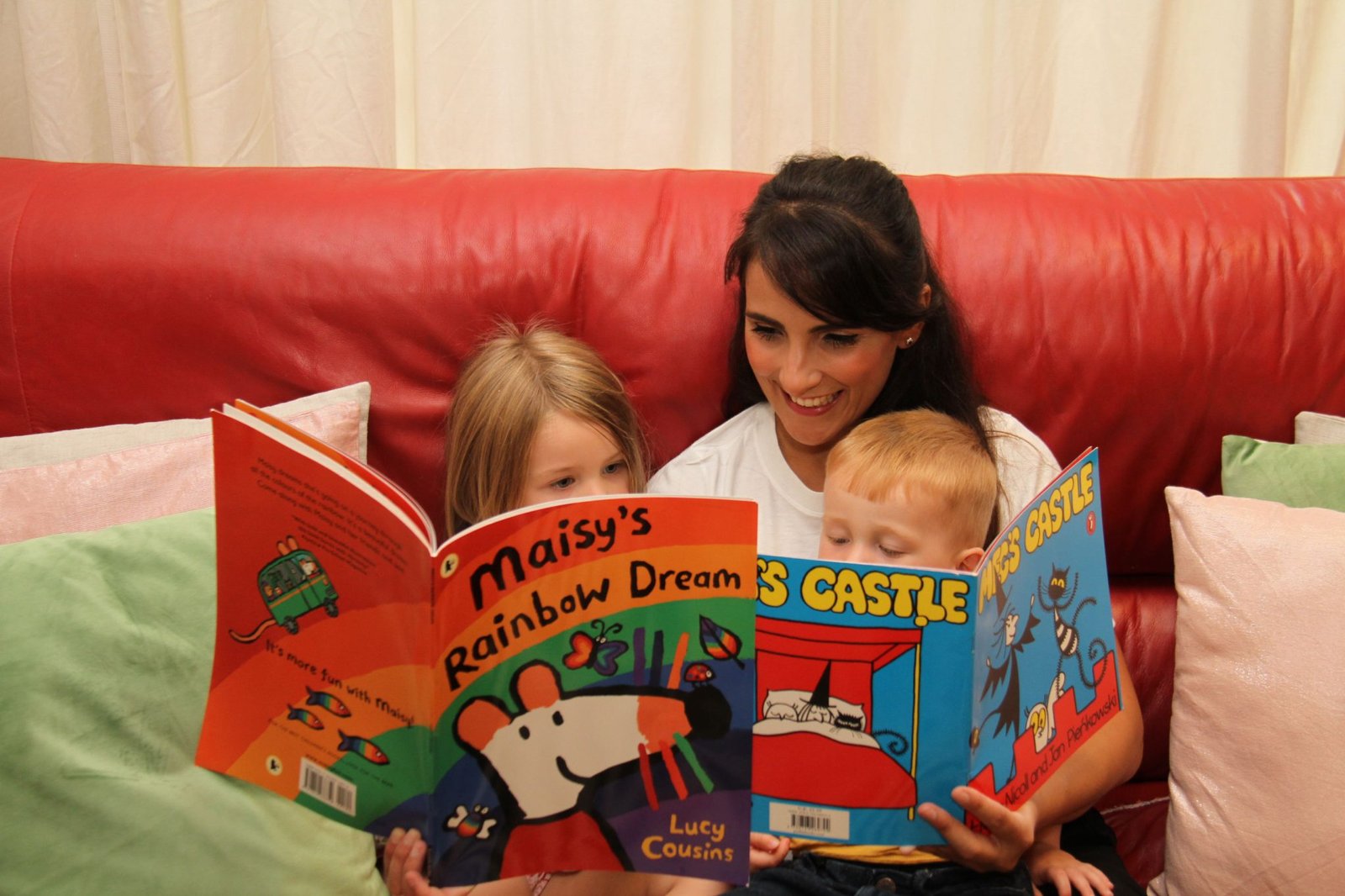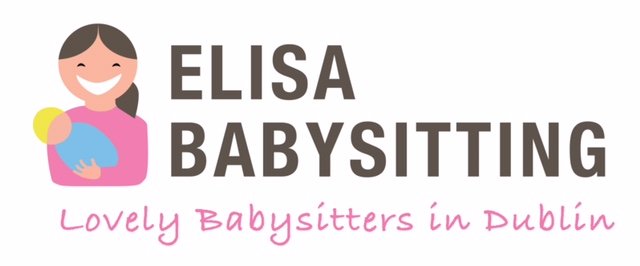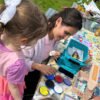
The children sometimes read independently, depends on their age of course but even young children love to pick a book and “read” it.
If they can´t read, they will enjoy the pictures and will remember the words. Also, the children know books are read from front to back. The pictures should be right-side up. The language of books is different from spoken language. Words have different sounds in them. There are familiar and unfamiliar words. Stories have a beginning, a middle, and ending.
How can you encourage further development of these skills?
Just keep reading aloud.
Choosing lots of different books to read aloud will build the children’s vocabulary, and help them learn about different topics and understand how stories are structured and what characters do in them. Your child also will learn that:
- The text is words written down.
- Letters in a specific order form a word.
- There are spaces between words.
Understanding these basic concepts will help when kids start formal reading instruction in school.
How often do you read to your child?
Many kids this age have moved beyond the small world of home to childcare or preschool. They may even be enrolled in lessons or classes. Read-aloud time can be a chance to slow down and spend time together.
Try to have set times to read together. Before bed works well, as do other “down” times in the day, like first thing in the morning or after meals. Your child will enjoy cuddling with you, hearing your voice, and feeling loved.
Children between 3 and 5 years old are eager to show off what they know and love to be praised. Continue to choose some books with simple plots and repetitive text that your child can learn and retell. Encourage your child to “read” to you and praise the attempts.
Here are some additional tips:
- You should read that book for the millionth time — and try not to sound bored. Your child is mastering many skills with each re-reading.
- When you are looking at a new book, introduce it. Look at the cover and talk about what it might be about. Mention the author by name and talk about what an author does.
- Ask your child why a character may have taken a specific action.
- Ask what part of the story your child liked best and why.
- Talk about the parts of the story — how did it begin? What happened in the middle? What did your child think of the ending?
- Move your fingers under the words as you read to demonstrate the connection between what you are saying and the text.
- When you come to familiar or repetitive lines, pause and let your child finish them. (“I do not like green eggs and….I do not like them, Sam….”)
- Ask your child to point out letters or words he or she might recognize. You might also occasionally point to words and sound them out slowly while your child watches.
While it’s important to sometimes ask your child more complicated questions, your top goal should be to enjoy reading and have fun.






